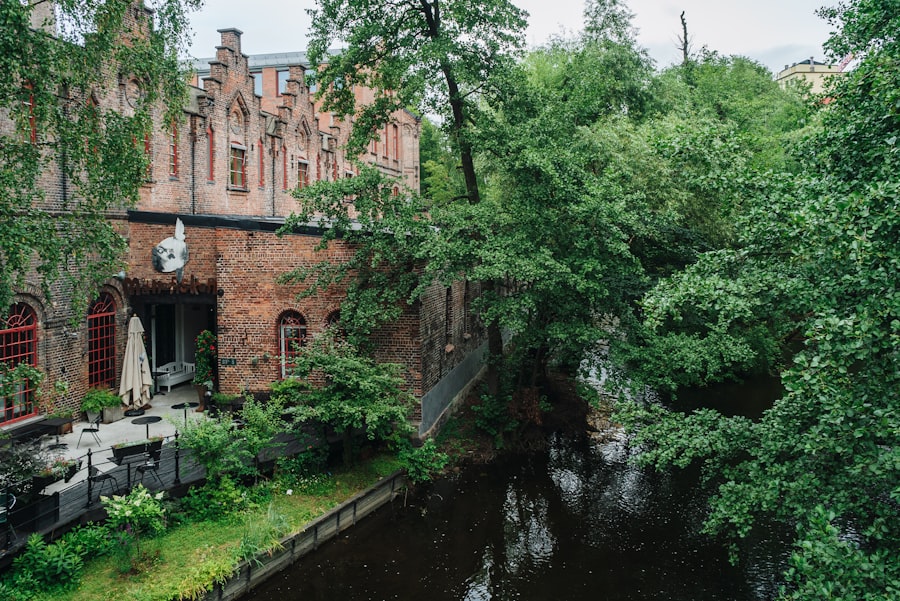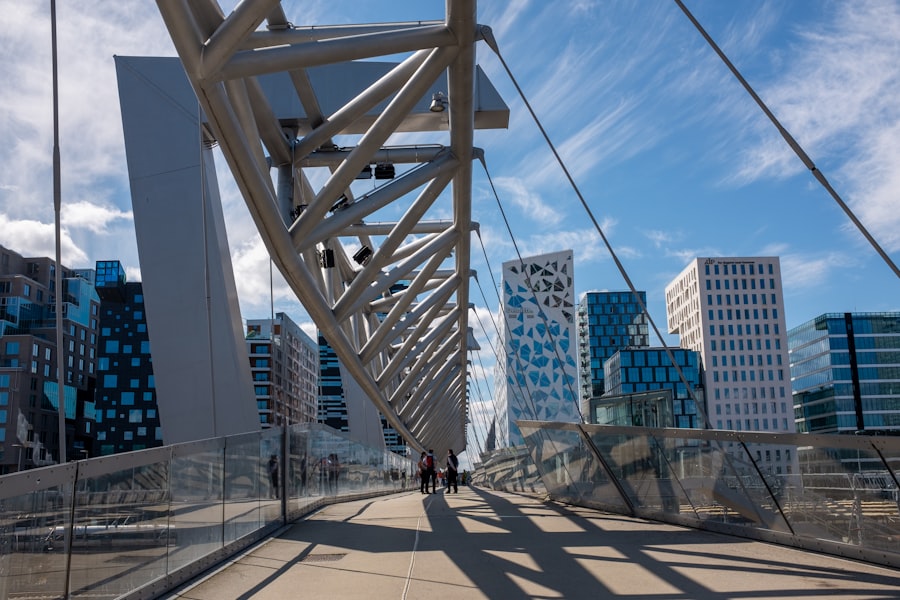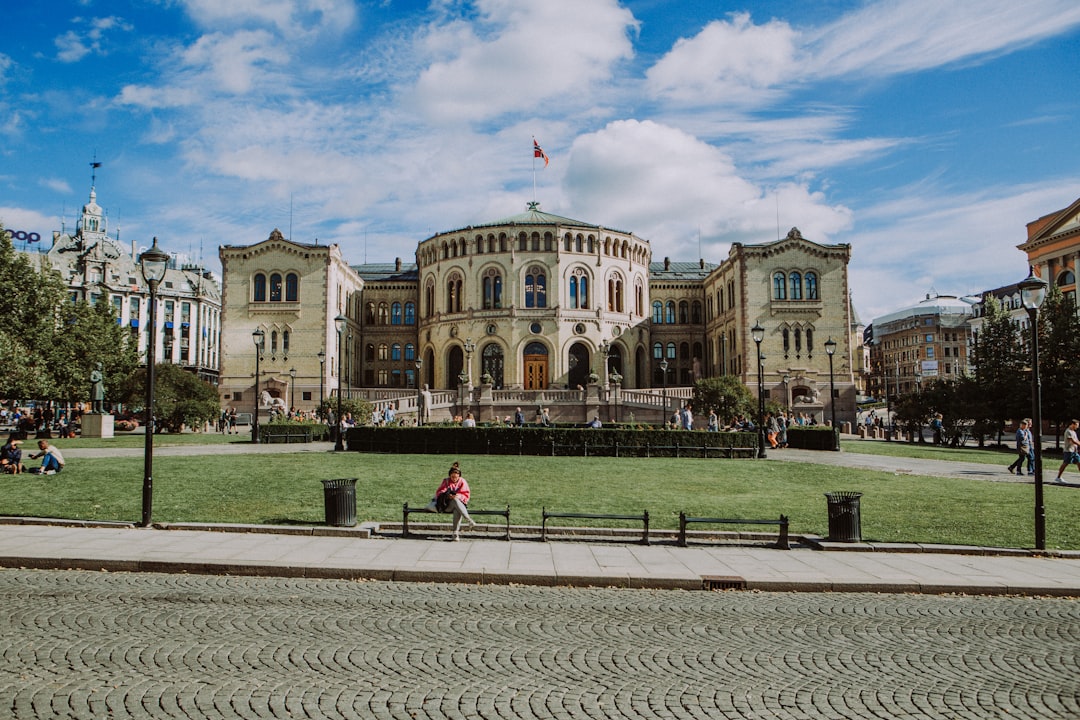Norway, with its breathtaking landscapes and intricate fjords, is a country that beckons adventurers and travellers alike. As one navigates through this stunning terrain, they will encounter a network of toll roads and ferries that facilitate travel across its diverse regions. The combination of these two transport systems not only enhances accessibility but also allows visitors to experience the majestic beauty of Norway from various vantage points.
Understanding how these systems work is essential for anyone planning to explore the country by car. The toll roads and ferries in Norway are integral to the nation’s infrastructure, enabling efficient movement while also contributing to the maintenance and development of the roadways. The tolls collected are often reinvested into improving the transport network, ensuring that both locals and tourists can enjoy safe and well-maintained routes.
As you embark on your journey through Norway, familiarising yourself with the toll system and ferry services will enhance your travel experience, allowing you to focus on the stunning vistas and cultural experiences that await. Take the first step. Book a consultation with the Norway Relocation Group for your move to Norway.
Summary
- Toll roads and ferries are common in Norway, and it’s important to understand how they work before planning your trip.
- The toll system in Norway is largely automated, with electronic toll collection and payment options available for drivers.
- When paying tolls on Norwegian roads, consider using an electronic tag or pre-paying online to save time and money.
- There are different types of toll roads in Norway, including urban toll rings, toll plazas, and automatic toll stations on highways.
- When planning your route in Norway, factor in toll roads and consider using ferries as an alternative to save time and enjoy scenic views.
Understanding the Toll System in Norway
The toll system in Norway is designed to manage traffic flow and fund road maintenance. It operates on a user-pays principle, meaning that those who use the roads contribute to their upkeep. Tolls are collected at various points across the country, particularly in urban areas and on major routes that connect different regions.
The system is largely automated, with many toll booths equipped with electronic payment systems that allow for seamless passage without the need to stop. In addition to traditional toll booths, Norway has implemented an extensive network of automatic toll collection systems known as “AutoPASS.” This system allows drivers to register their vehicles and use a transponder that automatically deducts toll fees as they pass through designated areas. This not only speeds up the process but also reduces congestion at toll points.
Understanding how this system works can save time and ensure a smoother journey through Norway’s picturesque landscapes.
Tips for Paying Tolls on Norwegian Roads

When travelling on Norwegian roads, it is essential to be prepared for toll payments. One of the most effective ways to manage toll costs is to register for an AutoPASS account before your trip. This can be done online, and it allows you to receive discounted rates compared to paying at the booth.
Additionally, having an AutoPASS transponder means you can drive through toll points without stopping, making your journey more efficient. If you prefer not to use AutoPASS, cash payments are accepted at some toll booths, although this option is becoming increasingly rare. It is advisable to carry a credit or debit card, as most tolls can be paid electronically.
Be aware that some remote areas may have limited payment options, so planning ahead is crucial. Always check the specific toll rates for your intended routes, as these can vary significantly depending on the region and type of vehicle.
Types of Toll Roads in Norway
Norway features a variety of toll roads that cater to different types of vehicles and travel needs. The most common types include urban toll roads, which are typically found in major cities like Oslo and Bergen. These roads are designed to manage traffic congestion and promote sustainable transport options.
Urban tolls often have higher rates during peak hours, encouraging drivers to consider alternative modes of transport or travel during off-peak times. In addition to urban tolls, there are also scenic toll roads that offer breathtaking views of Norway’s natural beauty. These routes often lead through mountainous terrain or along stunning coastlines, making them popular among tourists seeking memorable driving experiences.
While these scenic routes may require a toll payment, the investment is often worth it for the unparalleled views and unique landscapes they provide.
Planning Your Route with Toll Roads in Mind
When planning your journey through Norway, it is essential to consider the presence of toll roads along your route. A well-thought-out itinerary can help you avoid unexpected costs and ensure a more enjoyable travel experience. Various online tools and mobile applications can assist in mapping out your journey while highlighting any tolls along the way.
These resources can provide real-time information about toll rates and payment options, allowing you to make informed decisions. Moreover, if you are keen on minimising toll expenses, consider alternative routes that may bypass certain toll roads. While these detours may take longer, they can lead you through charming villages and stunning landscapes that you might otherwise miss.
Balancing your desire for scenic views with practical considerations such as travel time and budget will enhance your overall experience in Norway.
Using Ferries as an Alternative to Toll Roads

Ferries are an integral part of Norway’s transport system, providing an alternative means of crossing fjords and connecting remote areas that may not be accessible by road alone. In many cases, taking a ferry can be more scenic and enjoyable than driving through tunnels or over bridges. The experience of sailing across a fjord surrounded by towering cliffs and lush greenery is one that many travellers cherish.
In addition to their aesthetic appeal, ferries can also save time on certain routes where road travel would require lengthy detours. For instance, crossing a fjord by ferry can significantly reduce travel time compared to driving around it. Understanding the ferry schedules and routes available will allow you to incorporate this mode of transport into your travel plans effectively.
Ferry Routes and Schedules in Norway
Norway boasts an extensive network of ferry routes that connect various islands and coastal regions. Major ferry operators provide services between popular destinations such as Oslo, Bergen, Stavanger, and Ålesund. Each route has its own schedule, which can vary depending on the season and demand.
It is advisable to check ferry timetables in advance, especially during peak tourist seasons when services may be busier than usual. Many ferry routes also offer online booking options, allowing travellers to secure their spots ahead of time. This is particularly useful during the summer months when demand peaks.
Additionally, some ferries accommodate vehicles, making them an excellent option for those travelling by car who wish to explore multiple destinations along Norway’s coastline.
Costs and Payment Options for Ferries in Norway
The cost of ferry travel in Norway varies depending on several factors, including the distance travelled, the type of vehicle being transported, and whether passengers are travelling alone or with a vehicle. Generally speaking, ferry fares are reasonable considering the unique experience they offer. It is worth noting that discounts may be available for children or seniors, so be sure to inquire about any applicable reductions when purchasing tickets.
Payment options for ferries typically include credit or debit cards, with many operators also accepting cash payments. However, it is advisable to check in advance as some ferries may have specific payment policies or restrictions. Having a card ready will streamline the boarding process and ensure a hassle-free experience as you embark on your journey across Norway’s stunning waters.
Considerations for Driving in Norway
Driving in Norway presents its own set of challenges and considerations that every traveller should keep in mind. The country’s diverse terrain means that road conditions can vary significantly depending on the season. Winter months often bring snow and ice, necessitating careful driving and appropriate vehicle preparation.
It is advisable to check weather forecasts and road conditions before setting out on your journey. Additionally, be aware of local driving laws and regulations. Speed limits are strictly enforced, and fines for violations can be hefty.
Furthermore, wildlife crossings are common in rural areas; therefore, staying vigilant while driving is crucial to avoid accidents with animals such as deer or moose. Familiarising yourself with these considerations will help ensure a safe and enjoyable driving experience throughout your travels in Norway.
Navigating Toll Roads and Ferries with a Rental Car
For many visitors to Norway, renting a car is an ideal way to explore the country’s vast landscapes at their own pace. However, navigating toll roads and ferries with a rental car requires some additional planning. Most rental companies offer vehicles equipped with AutoPASS transponders; however, it is essential to confirm this when booking your car.
If your rental does not include a transponder, you will need to pay tolls manually or consider registering for an AutoPASS account. When it comes to ferries, most rental cars are permitted on board; however, it is wise to check with your rental company regarding any specific policies or restrictions related to ferry travel. Additionally, ensure that you have all necessary documentation readily available when boarding ferries or passing through toll booths to avoid any delays during your journey.
Making the Most of Toll Roads and Ferries in Norway
In conclusion, navigating the toll roads and ferries of Norway can significantly enhance your travel experience while exploring this magnificent country. By understanding how the toll system operates and planning your routes accordingly, you can enjoy seamless travel across diverse landscapes without unexpected costs or delays. The combination of scenic drives along toll roads and picturesque ferry crossings offers a unique opportunity to appreciate Norway’s natural beauty from multiple perspectives.
For those looking to immerse themselves further in Norwegian culture while planning their travels, consider enrolling in Norwegian courses at the NLS Norwegian Language School in Oslo. These courses provide invaluable insights into local customs and language nuances that can enrich your interactions during your journey. Whether you’re navigating tolls or boarding ferries, having a grasp of the language will undoubtedly enhance your overall experience in this stunning Scandinavian gem.
Learn more about the Norwegian classes at the NLS Norwegian Language School in Oslo

